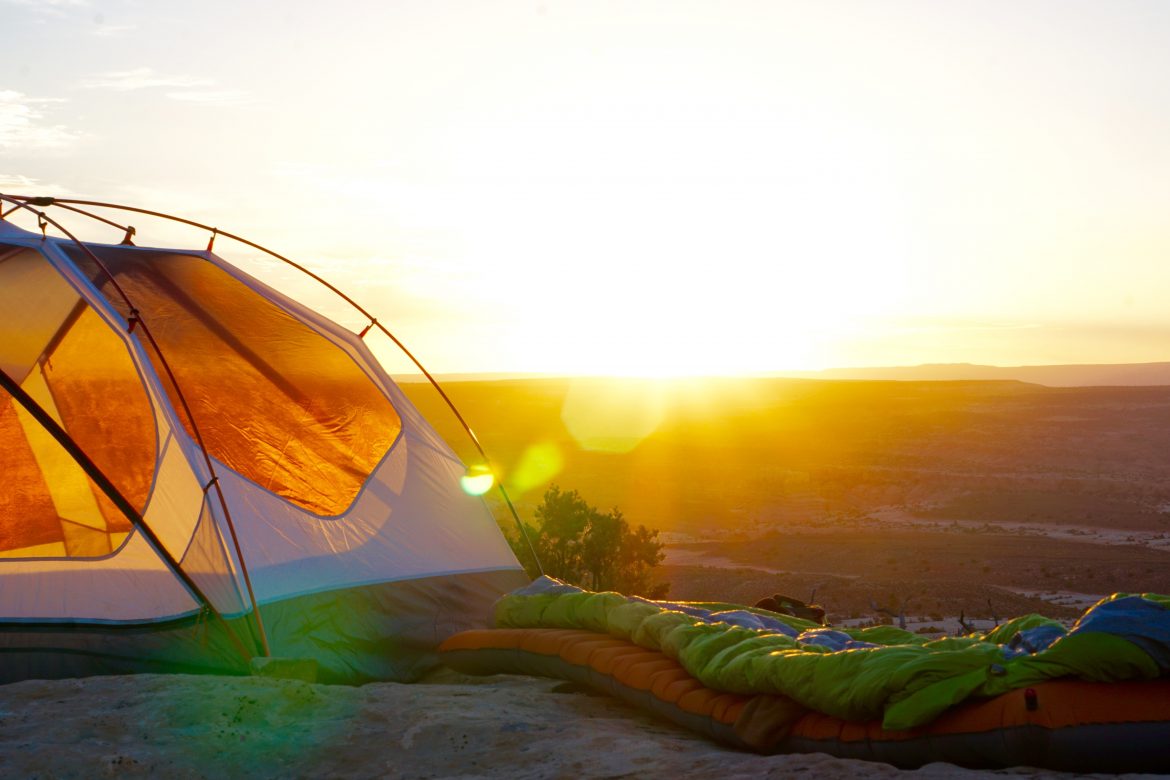Do you like camping or hiking? Would you like to become a weekend warrior and go on an outdoor adventure?
Or are you simply worried about where your next cup of water is coming from?
In each case, this begs the question: how do you produce your own potable water when outdoors?
Best Ways to Produce Your Own Potable Water
Before applying any of the following methods, leave any water you collect outdoors in a container for an hour or two. This will allow larger particles and heavy metals to settle and ease the water filtration process. Additionally, you could strain the water through a coffee filter.
Boil Your Water
Boiling is the easiest way to get potable water. Simply boil it in a large pot for 10-12 minutes. For the open fire, you can gather combustible materials such as wood and paper.
Construct a tripod by placing three rocks on top of one another and place the pot on top. Place enough combustible materials around the pot to keep the fire going.
If you do not have a pot, heat some rocks for half an hour and put them directly in the water container if possible.
Distill Your Water
A water source may seem fresh and clean, but there’s always a chance it contains some bacteria waiting to wreak havoc in your guts.
Distilling safe, clean drinking water from the natural sources you find outdoors is simple. With them, you can easily create a hydration system for hiking, biking, or camping. They will provide you with a safe drinking water option.
To distill water, you need to boil it. You can use a lid or a funnel-like device for the condensation of the water. Place a clean container underneath the lid, or the funnel to collect the pure water more efficiently.
Rain and snow can also be collected and used to make water potable. Just place them in a container and leave some time for the impurities to settle at the bottom.
Bottled Water
Drinking bottled water helps you stay hydrated when you go outdoors for a short term. Ensure that it has not been opened before packing it, and check its expiration date.
Use a Portable Filter
The ideal solution for producing your own potable water outdoors is using a portable water filter. Which one? Check the 9 best portable water filters here.
Portable water filters are super easy to use. You can choose from filter straws, squeeze water filters, water bottle filters, and many others. We strongly recommend the Sawyer Mini Filter Straw or the LifeStraw.
Use a UV Light Purifier
Water purification can also be done with UV light. This purification technique uses ultraviolet light to destroy harmful biological substances. In water purification, UV light is reflected and absorbed by the materials it comes in contact with, disrupting the bacterial DNA.
It is not harmful to the environment since it does not rely on chemicals to do the dirty work.
However, UV light purifiers are less effective for cloudy water, thus remember to let sediments settle at the bottom before purifying.
Chlorine, Bleach, and Iodine
The most common methods used by beginners to produce potable water are boiling, distilling, and using a portable water filter. These methods are generic enough to yield potable water no matter the circumstances. Chlorine, bleach, and iodine units may also do the trick.
In general, chlorine, bleach, and iodine take between 30-60 minutes to work.
Chlorine can be obtained from stores and comes in various forms but does take longer to purify water. Chlorine tablets, powder, or liquid should not exceed 4 milligrams per litre.
Since bleach contains chlorine already, two or three drops per litre will suffice.
Iodine only requires two drops per quarter of a gallon to disinfect. To use iodine tablets, follow the guidelines provided by the manufacturer.
Iodine-treated water is not recommended for children, pregnant women, or people who suffer from an unbalanced thyroid. Therefore, it should be used as a last resort.
Conclusion
Recreational outdoors seekers need to know how to conserve precious drinking water while on the go. Make sure you know how to make potable water, pack the right tools, and you are good to go on your next outdoor adventure!

